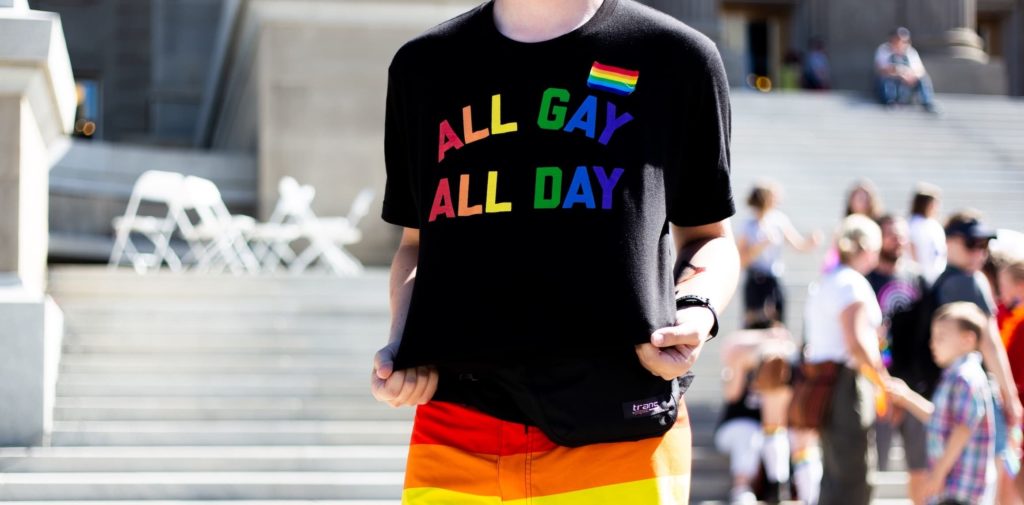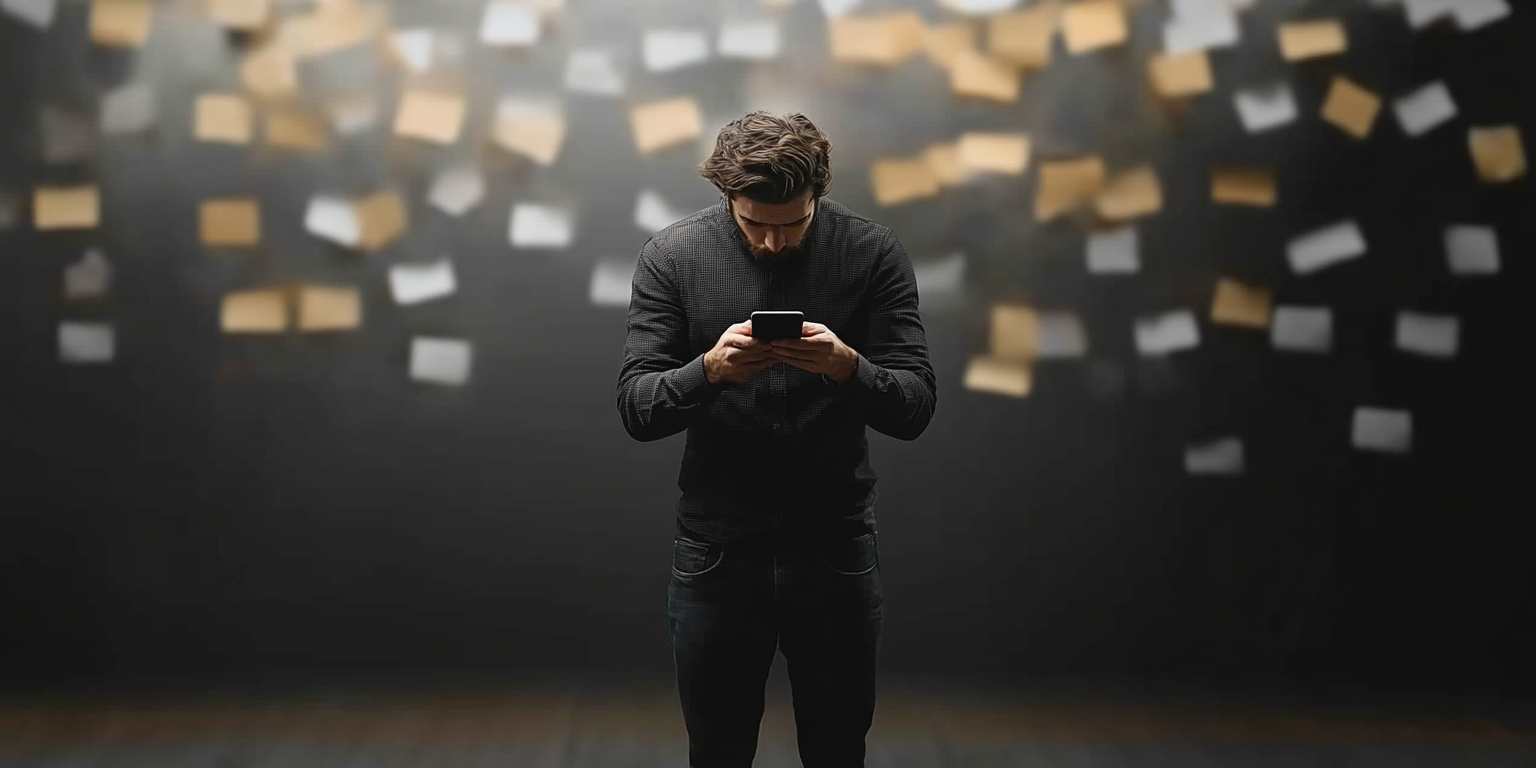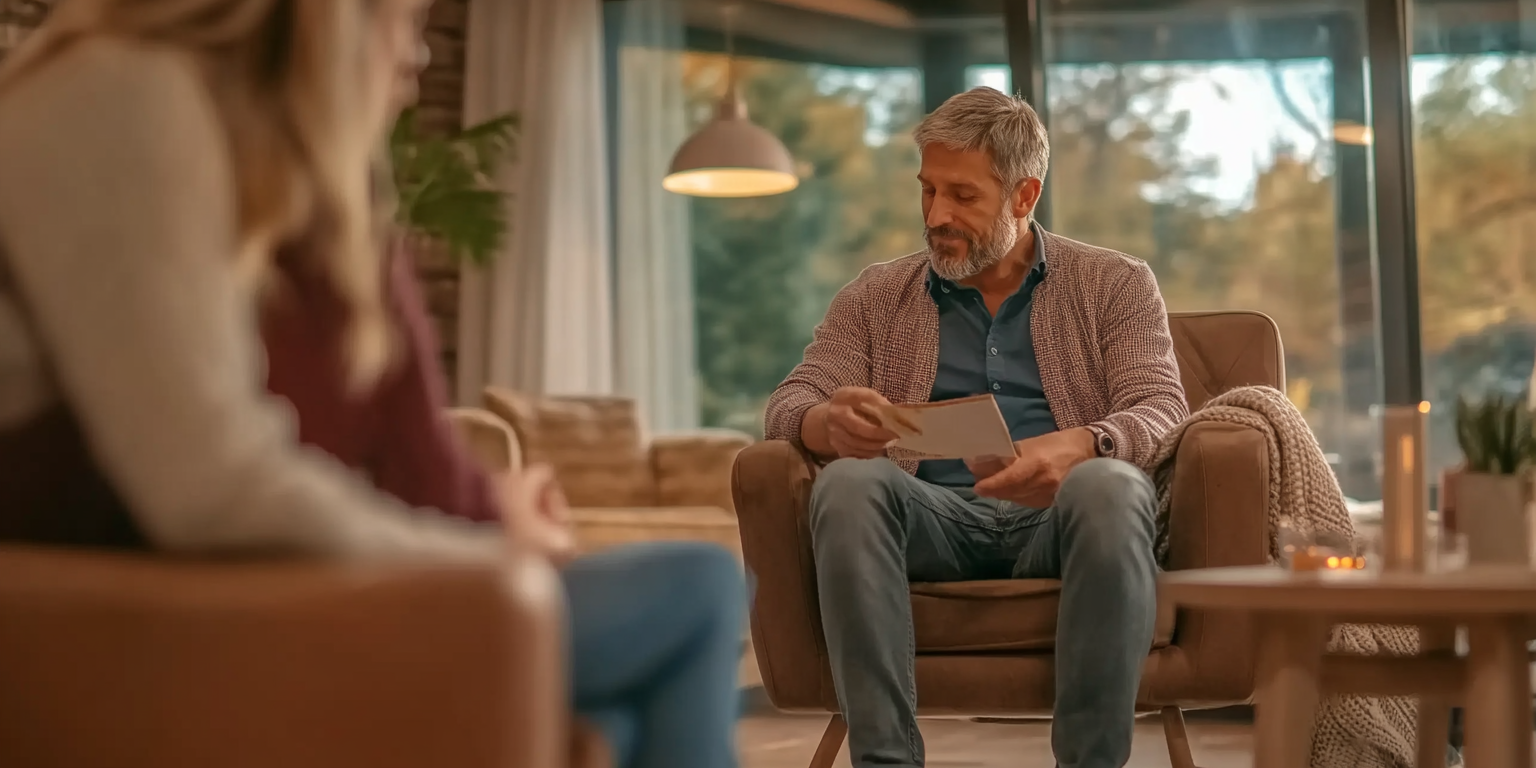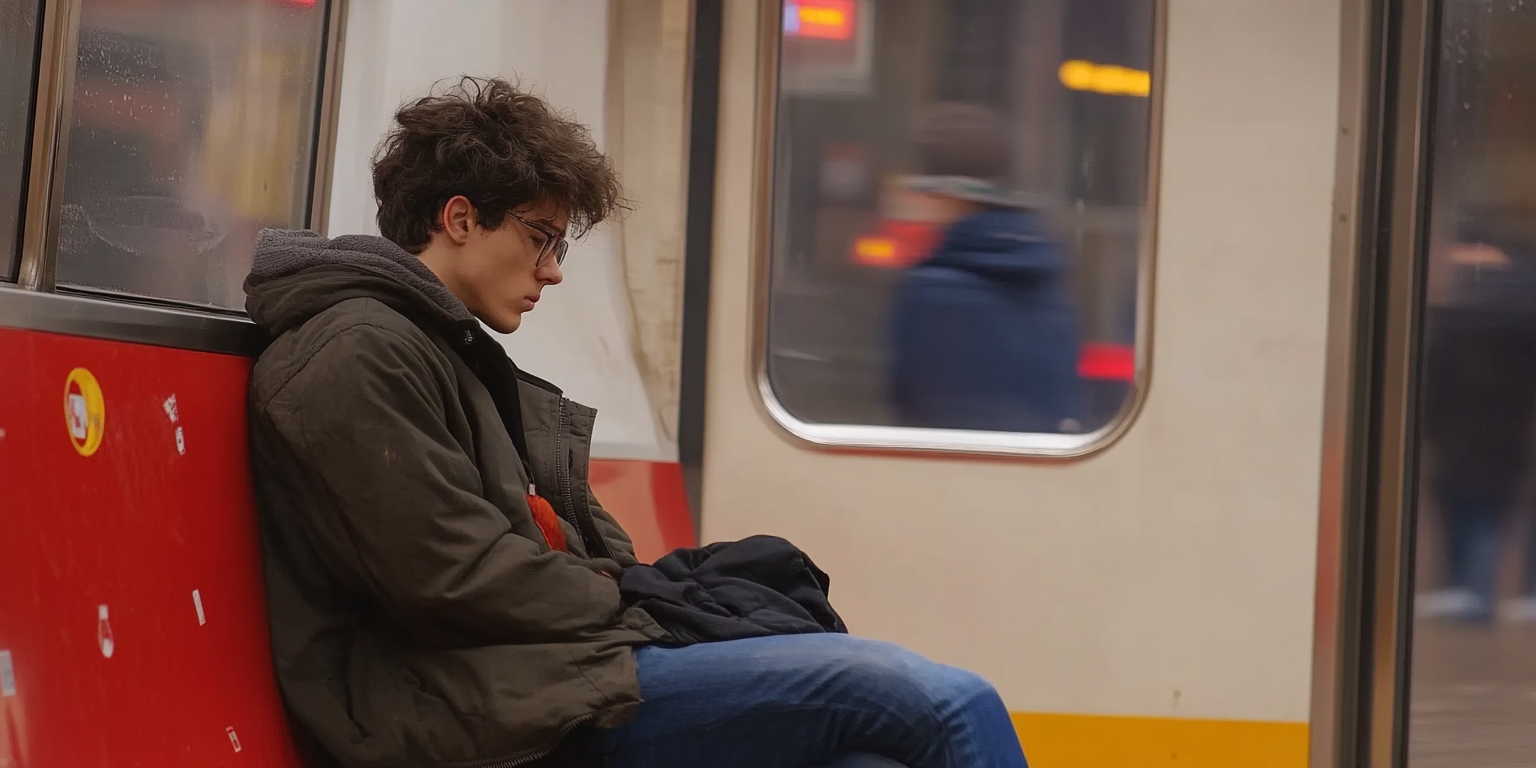4 Min Read
Helping Our LGBT Youth Cope With Discrimination
In an ideal world, everyone would view other people without judging them by their ethnicity, religion, sexual orientation, or gender identity. Unfortunately, our society hasn’t yet reached that level of coexistence. The Department of Justice reported that 8,800 individuals were victims of reported hate crimes in the U.S. in 2017, with an estimated 200,000 additional incidents going unreported. Many of these victimizations — which could range from verbal intimidation to physical assault — are directed toward LGBT youth. For the majority of these transgender adolescents and sexual minority youth, this abuse and discrimination takes the form of bullying, and it occurs in what should be a safe place: their school.

Schools aren’t safe for LGBTQ students
A 2017 Centers for Disease Control study of youth risk behaviors revealed that 33 percent of high school students who self-identify as lesbian, gay, or bisexual (LGB) or transgender had been bullied on school property, while 27.1 percent have been cyberbullied. This is about the twice the rate of bullying of their heterosexual peers (17.1 percent and 13.3 percent, respectively). One parent of a non-gender-conforming son described the hostile, discriminatory environment LGBTQ students face in schools as “walking through a hailstorm.”
The psychological consequences of bullying for LGBTQ youth can be devastating. One study found that compared with heterosexual youth, LGBTQ youth who felt extreme rejection by family and peers were:
• More than eight times as likely to have attempted suicide
• Nearly six times as likely to report high levels of depression
• More than three times as likely to use illegal drugs
• More than three times as likely to be at high risk for HIV and STDs
Statistics and disparities like these haven’t escaped notice by school administrators and lawmakers, and many states and districts are making significant efforts to protect LGBTQ youth from discrimination at school. However, considerable disparities exist in laws and attitudes toward LGBT issues from state-to-state. Until those protective factors are in place and enforced in every school across the country, however, here are some best practices to assist parents, educators, family members, and friends in helping young people cope with the psychological effects of hate-related bullying and discrimination.
Build strong connections
Roughly three-quarters of LGBT youth say their biggest problem is family rejection. As such, LGBT youth who are out to their immediate families are more likely to be happy. Experts have found that children whose families openly accept and support their sexual orientation or gender identity are at a much lower risk of psychological and physical adverse effects as they mature. Supportive families build a child’s self-esteem and resilience, which helps them cope with LGBT bullying and discrimination.
Parents, friends, and educators should open the lines of communication with their LGBT youth, but understand that confidentiality is just as important in these conversations as they would be with other young people. Showing that you accept and support them is critical, regardless of your personal feelings about LGBT issues. Best practices for showing your support include expressing affection and requiring respect from other family members. Also, advocating for a child when he or she is mistreated based on gender identity or sexual identity will go a long way toward establishing a safe environment for your LGBT youth.

Find a Therapist to Help Cope With Discrimination for LGBTQIA+ Youth
Get personalized matchesPartner with schools
The National Association of School Psychologists believes that the role of the school psychologist as allies and advocates for LGBT students from discrimination includes collaborating with families. One potential result of this collaboration the creation of Gay-Straight Alliances or GSAs. GSAs are student-run organizations where LGBT students and their heterosexual peers work together to achieve long-term improvements to school climates to benefit all students. Studies have shown that sexual minority youth in schools with an active GSA chapter are less likely to hear biased remarks or report feeling unsafe than non-GSA schools.
One reason GSA involvement is growing may be due to the dissipating stigma and increasing acceptance of LGBT youth by the majority of their peers. The Human Rights Campaign finds that 75 percent of LGBT youth say most of their peers don’t have a problem with their identity as LGBT, and 64 percent are out to their classmates. Continued collaboration, communication, and support among parents and educators will help these percentages grow, squeezing out the minority of students engaging in discriminatory practices.
Engage with your community
Some of the same tactics in tackling negative attitudes and discrimination against LGBT youth within homes and schools can be employed on a larger scale to help LGBT youth within a community. In addition to social stigma, discrimination, and family rejection, many LGBT individuals face a daunting physical challenge: homelessness.
According to UCLA Law School’s Williams Institute, 40 percent of homeless youth served by agencies helping the homeless identify as LGBT. Homeless shelters often don’t accept LGBT youth based on their sexual identity, and identifying as a transgender youth puts them at an even higher risk for rejection and abuse.
A recent study identified four risk factors as root causes for homelessness among LGBT youth. Family rejection resulting from sexual orientation or gender identity was the primary cause, followed by physical, emotional, or sexual abuse, aging out of the foster care system, and financial and emotional neglect.
True Colors United, formerly the True Colors Fund, works to break down these barriers for homeless LGBTQ youth. Founded in 2008, the True Colors Fund organization promotes the acceptance and respect of homeless youth not just in homeless shelters, but also within the communities where homeless youth travel, worship, or visit.
Additional coping strategies
As with any mental health issue, best practices for coping with the feelings associated with LGBTQ discrimination include working with a licensed counselor or psychotherapist. A good therapist will help LGBT youth, family members, and friends learn how to deal with bullying, discrimination, and stigma healthily. To find an LGBTQIA+ therapist use search on WithTherapy.
Find a Therapist to Help Cope With Discrimination for LGBTQIA+ Youth




